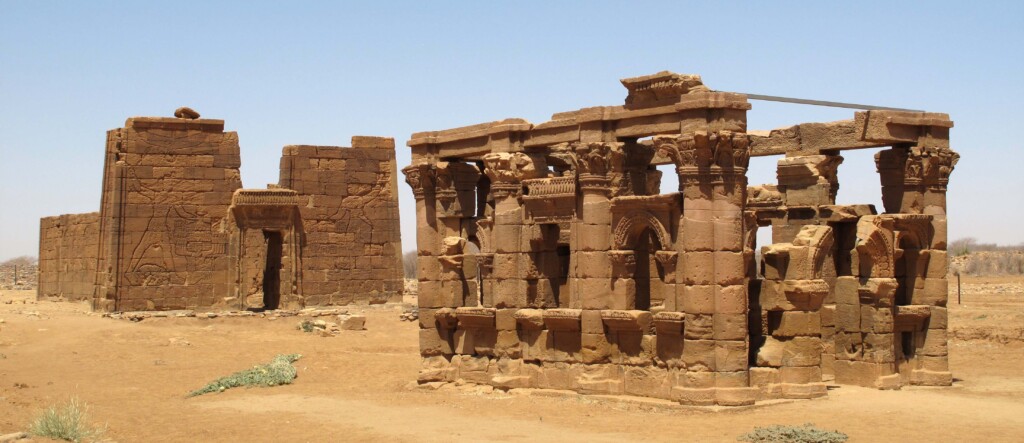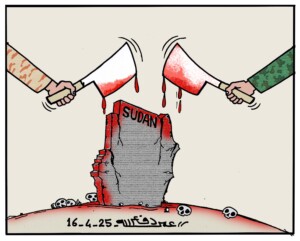Concern as Sudan conflict reaches Merowe archaeological sites

Archaeological sites on the island of Merowe in Sudan (File photo Ron Van Oers / UNESCO / Creative Commons Attribution-ShareAlike 3.0 IGO)
Sudan’s Emergency Lawyers condemned the deployment of the paramilitary Rapid Support Forces (RSF) at the archaeological sites of Nagaa and El Musawwarat at the Merowe UNESCO World Heritage site in River Nile state.
Reacting to reports with photos on RSF social media sites showing heavily armed members of the RSF at the two historic sites, the Emergency Lawyers say the regard the RSF deployment in Merowe “new steps within the announced plans of the RSF to expand the scope of military operations”. The lawyers confirm that “there were reports of battles near archaeological sites, that we are working to follow up and verify accurately”.
They stressed that “the Nagaa and El Musawwarat sites are a cultural heritage owned by the Sudanese people that must be kept away from this war”.
The statement underlines that the two sites on the island of Merowe, which include temples, shrines, antiques, statues, and monuments dating back to the era of the Kingdom of Merowe, are registered on the UNESCO World Heritage list.
They point out that the 1954 Hague Convention for the Protection of Cultural Property in the Event of Armed Conflict obliges the parties to the conflict to refrain from using cultural property, the means intended for its protection, or places in its immediate vicinity, for purposes that may expose it to destruction or damage.
The statement holds the RSF responsible for the safety of archaeological sites and warned the Sudan Armed Forces (SAF) against treating these sites as military targets. They call on UNESCO to play its role in protecting and preserving World Heritage sites in Sudan by moving towards both parties to ensure that all archaeological and historical sites in Sudan are not damaged.
* The Archaeological Sites of the Island of Merowe, a semi-desert landscape between the Nile and Atbara rivers, was the heartland of the Kingdom of Kush, a major power from the 8th century BCE to the 4th century CE. The property consists of the royal city of the Kushite kings at Meroe, near the River Nile, the nearby religious site of Nagaa and Musawwarat es Sufra. It was the seat of the rulers who occupied Egypt for close to a century and features, among other vestiges, pyramids, temples, and domestic buildings as well as major installations connected to water management. Their vast empire extended from the Mediterranean to the heart of Africa, and the property testifies to the exchange between the art, architectures, religions, and languages of both regions. (Source: UNESCO)











 and then
and then